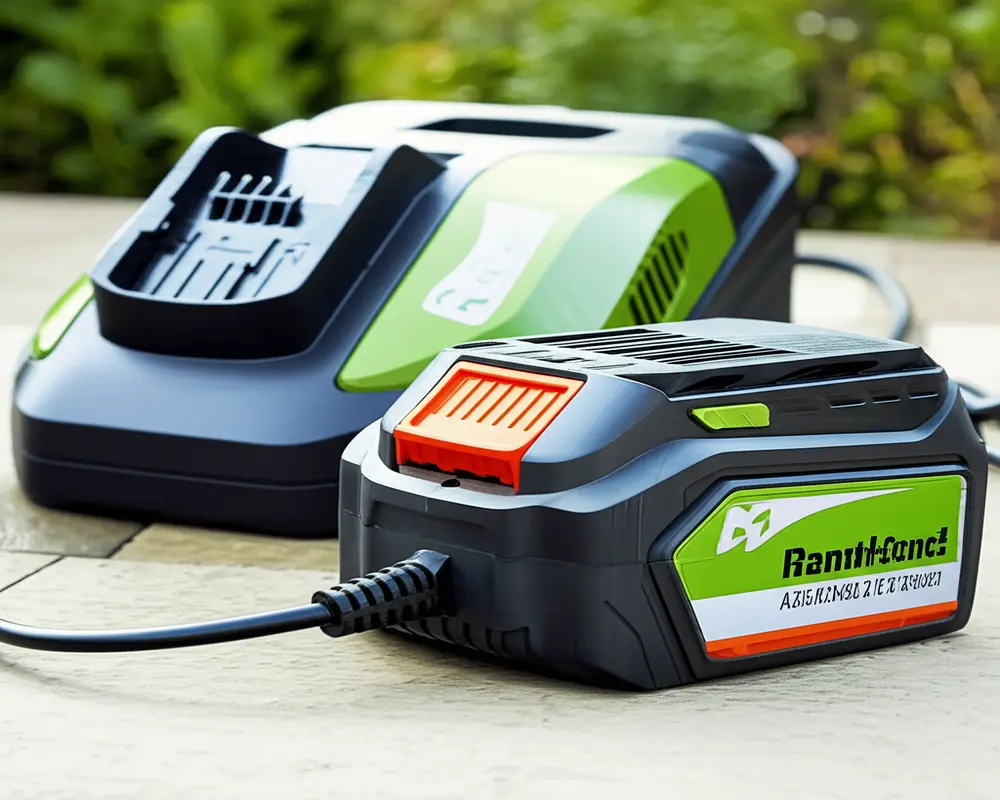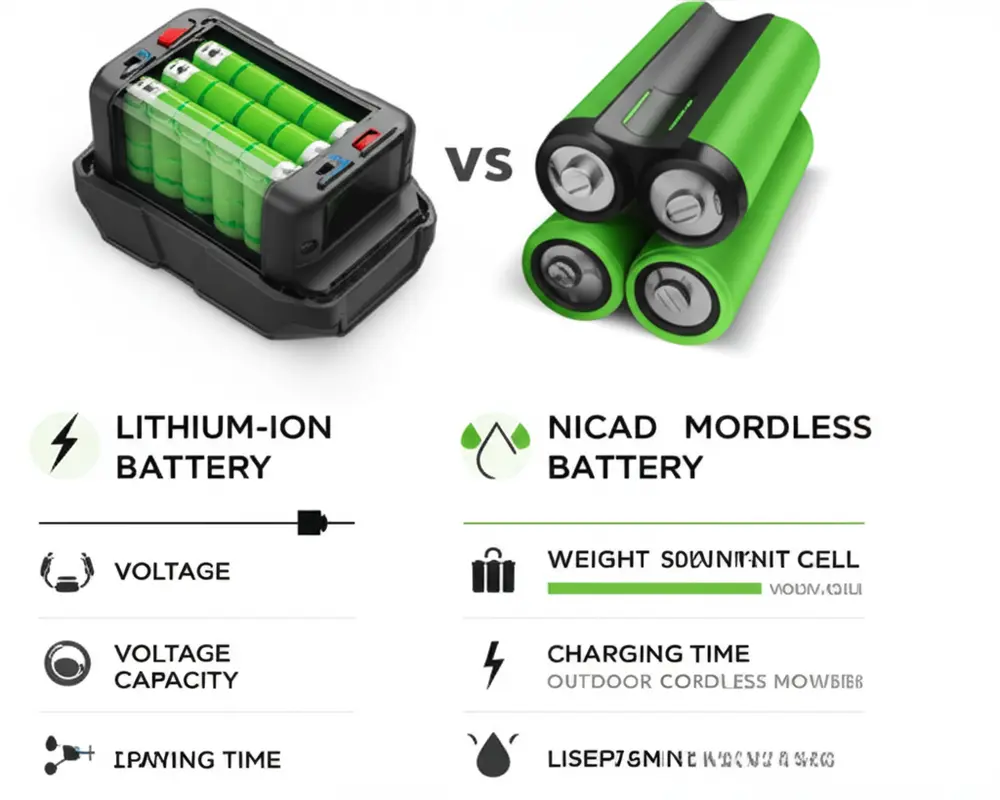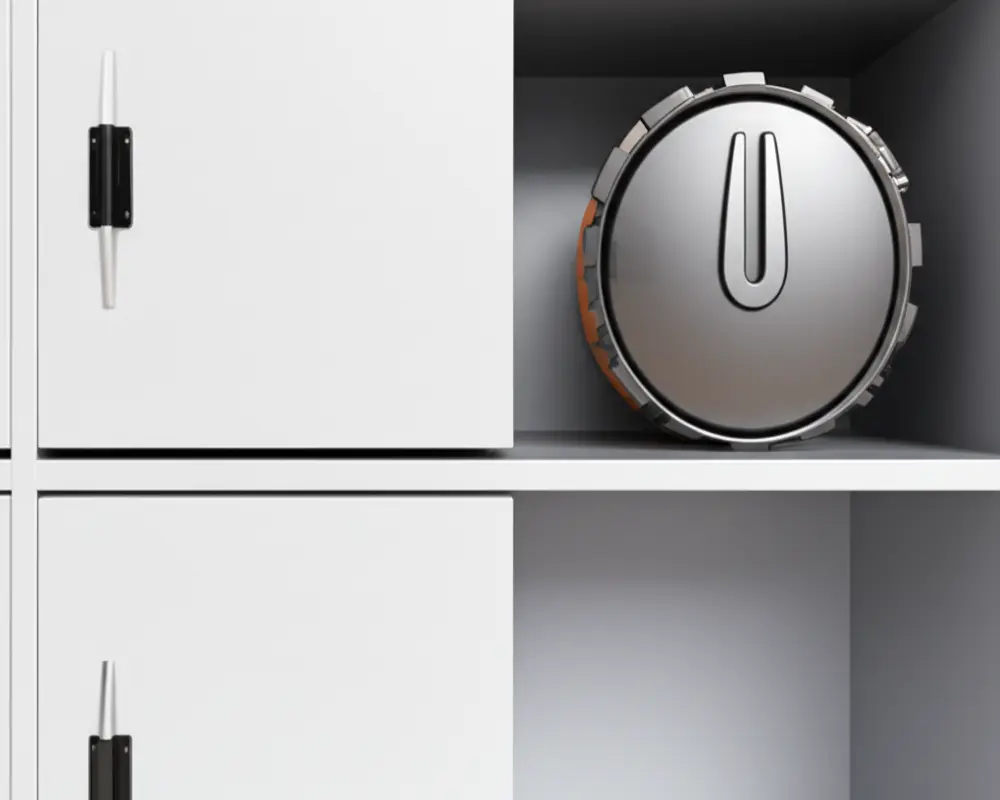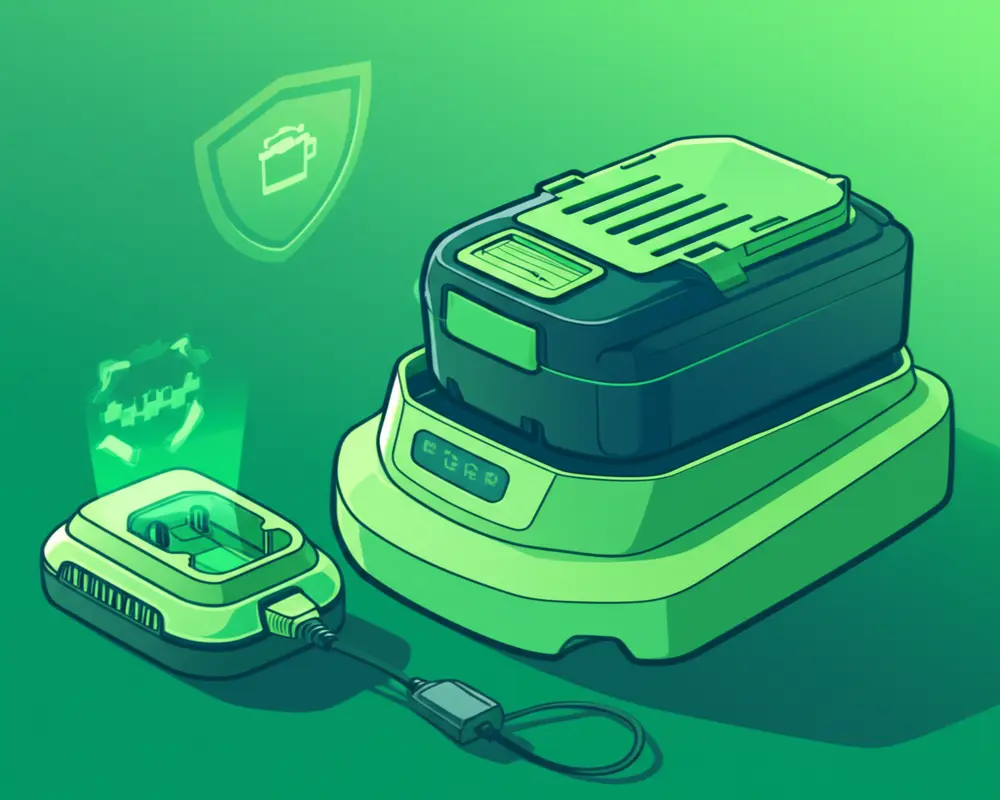The Ultimate Guide to Cordless Mower Battery Charging & Longevity
In today’s world, cordless mowers offer unparalleled convenience for maintaining your lawn without the hassle of cords or gas. However, the true power behind this freedom lies in the battery. Proper cordless mower charging tips are essential not only for maximizing runtime but also for ensuring your battery’s longevity and safety. This comprehensive guide delivers expert advice grounded in battery technology and lawn care expertise, helping you achieve longer runtimes, extend battery lifespan, save costs, and operate your mower safely.
II. The Fundamentals: Your Daily Cordless Mower Charging Checklist
Charging your cordless mower battery correctly each day is foundational for optimal performance. Here’s a detailed checklist to follow:
A. Basic Charging Steps
Always connect your battery to the manufacturer-approved charger. Using incompatible chargers risks damaging the battery and voiding warranties. When connecting, ensure the battery is seated firmly to guarantee proper electrical contact. Pay close attention to the charger’s indicator lights—they usually signify charging status, completion, or errors.

B. When to Charge
Charge your battery after every use to maintain peak readiness. Contrary to old myths, modern lithium-ion batteries do not suffer from the memory effect, so partial charging is perfectly acceptable and even preferable. Avoid waiting until the battery is fully drained before recharging, as this can strain the battery.
C. Charge Duration & Overcharging
Typical charge times for cordless mower batteries range from 30 minutes to 2 hours depending on battery capacity and charger type. Most modern chargers are “smart” and include overcharge protection that automatically stops charging once full capacity is reached. This means leaving the battery on the charger overnight is generally safe, but always follow your manufacturer’s specific recommendations for safety.
III. Understanding Your Power Source: Cordless Mower Battery Types & Needs
Knowing your mower’s battery type helps tailor charging and maintenance practices for maximum efficiency.
A. Lithium-ion (Li-ion)
Today’s cordless mowers predominantly use lithium-ion batteries due to their superior power-to-weight ratio and longer lifespan. Li-ion batteries tolerate partial charges well and should not be deeply discharged regularly to avoid damaging cells. Voltage directly affects performance; a fully charged 40V battery will deliver better mowing power than a partially charged one.

B. NiCad/NiMH (Context for Older Models)
Older models may use nickel-cadmium (NiCad) or nickel-metal hydride (NiMH) batteries, which are prone to the memory effect—meaning full discharge before recharging was necessary. The shift to Li-ion technology has largely eliminated this concern, delivering more efficient and user-friendly battery management.
IV. Maximizing Battery Longevity: Strategies for a Longer Life
Extending your battery’s lifespan requires attention to charging cycles, temperature, and usage habits.
A. Optimal Charge Cycles
A charge cycle is one full discharge and recharge of the battery. Partial charging helps extend the number of usable cycles compared to full discharges. Additionally, batteries age both by use (cycle aging) and over time (calendar aging), so regular moderate use balanced with proper charging is key.
B. Temperature Impact
Charging in extreme temperatures—either very hot or cold—can degrade battery performance and lifespan. Ideally, charge your battery in a controlled environment between 50°F and 77°F (10°C and 25°C). After heavy mowing sessions, allow the battery to cool down before charging.
C. Avoiding Deep Discharges
Repeatedly emptying lithium-ion batteries to zero can cause irreversible damage. Fortunately, most batteries have built-in protections to prevent deep discharge, but it’s still best practice to recharge before the battery is critically low.
D. Use Frequency
Consistent, moderate use helps keep the battery healthy. Extended periods of inactivity can accelerate calendar aging, so if storing for long stretches, follow specific storage guidelines below.
V. Smart Storage Solutions: Protecting Your Investment Off-Season
Proper storage protects your battery during months of inactivity, preserving its health and readiness.
A. Ideal Storage Charge Level
For lithium-ion batteries, a storage charge level between 40% and 60% is ideal. Storing a battery fully charged or fully empty increases degradation risks.
B. Storage Environment
Store batteries in a cool, dry place away from direct sunlight, with stable temperature and humidity. Avoid areas prone to freezing or extreme heat.

C. Preparation for Storage
Before storing, clean the battery terminals and inspect the battery for any wear or damage. Proper maintenance before storage increases safety and battery longevity.
D. Periodic Charge Checks
During long storage periods, check the battery charge every 1-2 months and recharge to the recommended storage level if necessary to prevent deep discharge.
VI. Troubleshooting Common Charging Issues
Even with proper care, issues can arise. Here’s how to diagnose and address common charging problems:
A. Battery Not Charging
Check the power outlet and charger functionality first. Ensure the battery is correctly seated. Refer to charger light signals for error codes. Temperature extremes or physical damage can also prevent charging.
B. Slow Charge or Reduced Runtime
This often indicates battery capacity degradation over time. Environmental factors and improper charging habits can accelerate this decline.
C. Battery Drains Fast
Aging batteries lose capacity, leading to faster drains. Also, mower maintenance issues like blade friction or motor strain can increase power consumption. Cold weather can reduce effective battery runtime as well.
D. When to Seek Support
If problems persist, contact manufacturer support. Replacement is advisable if battery performance falls below 50% of original capacity or if safety concerns arise.
VII. Safety First: Essential Charging & Handling Precautions
Battery safety safeguards both you and your lawn equipment.
A. Use Only Compatible Chargers
Never use generic or incompatible chargers; they risk battery damage or fire hazards.
B. Monitor Charging
Avoid leaving batteries unattended for extended periods during charging.
C. Charging Environment
Charge batteries in well-ventilated areas away from flammable materials.
D. Handling Damaged Batteries
Signs of damage include swelling, leaking, or extreme heat. Dispose of damaged batteries properly according to local regulations and EPA guidelines.
E. Keeping Batteries Dry
Water exposure can short-circuit batteries. Always keep batteries dry during charging and storage.
VIII. Advanced Tips for Dedicated Users
For those seeking to maximize battery efficiency further, consider the following advanced insights:
A. Charger Types
Smart chargers adjust voltage and current dynamically and often include cooling features to extend battery life. Trickle chargers are slower and better suited for maintenance charging.
B. Battery Maintenance Beyond Charging
Regularly clean terminals with a dry cloth and inspect for corrosion or damage to ensure reliable connections.
C. Knowing When to Replace
Recognize replacement needs by reduced runtime, longer charging times, or physical battery damage. Check warranty coverage and typical cycle life (often 300-500 cycles for Li-ion).
IX. Frequently Asked Questions (FAQs)
Should I fully discharge before charging?
No, modern lithium-ion batteries do not require full discharge before charging. Partial charges are beneficial and help prolong battery life.
Can I leave the battery on the charger indefinitely?
Most smart chargers stop charging once full capacity is reached, making it generally safe to leave the battery on the charger overnight. Always consult your mower’s manual.
What is the typical battery lifespan and what affects it?
Li-ion batteries typically last 3-5 years or 300-500 charge cycles. Factors affecting lifespan include charging habits, temperature exposure, and usage frequency.
What is the optimal temperature for charging and storage?
Charge and store batteries ideally between 50°F and 77°F (10°C to 25°C) in a dry, shaded environment.
Is battery heat during charging normal?
Some heat generation is normal during charging, especially with fast chargers. However, excessive heat may indicate a problem and should be addressed.
Can generic chargers be used?
Strongly advised against. Use only chargers specified by the battery or mower manufacturer to ensure safety and battery health.
X. Conclusion: Charge Smart, Mow Strong
Proper cordless mower charging tips and battery care are the foundation of reliable, efficient lawn maintenance. By following expert guidance on charging practices, understanding your battery type, optimizing use and storage, and prioritizing safety, you ensure your mower runs smoothly season after season. Consistent battery maintenance not only saves money but also delivers better lawn care results with every mow.
For additional insights on maintaining your garden tools, explore our guide on hand cultivators and lawn mower troubleshooting to keep your entire garden equipment in top shape.
For more technical details on lithium-ion battery charging best practices, refer to Battery University, and for buying guides on lawn mowers, see Consumer Reports.

